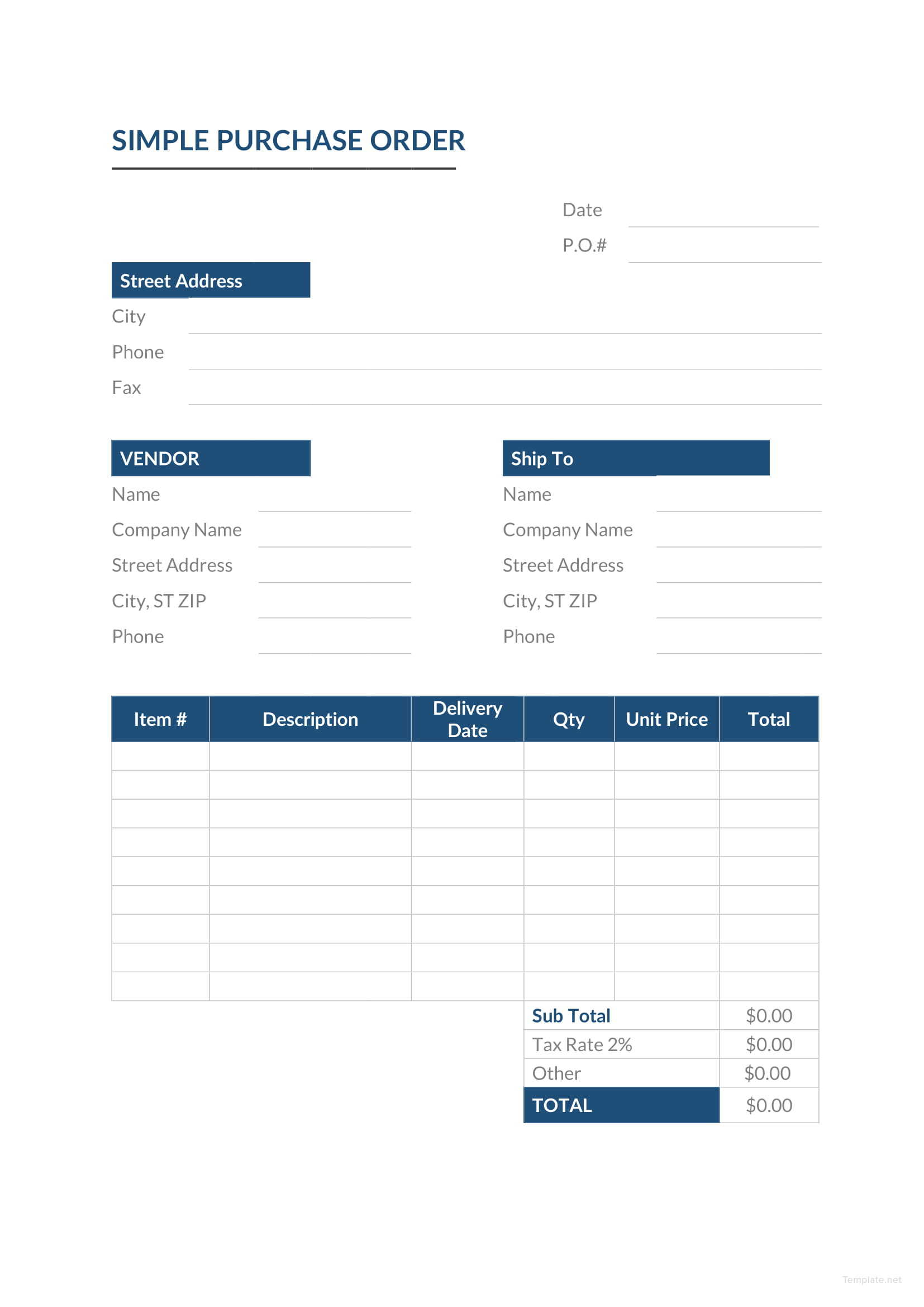
The seller will invoice for the purchase order by indicating the PO number on the invoice confirming the goods delivered. The buyer can know which order has arrived. Once the order is sent to the seller and is accepted, it remains “open.” An open purchase order means that the goods have not been received or the order has been partially received. Modern technology through E-procurement can send the PO using an online procurement system, making it easier to track down the emails having POs for easy recording. If the seller accepts by telling the buyer that they can fulfill the order, the signed purchasing order becomes a binding contract for both parties. Once the seller reads through the PO, he/she has the right to accept or reject the document. The PO stipulates the transaction in detail of what the buyer expects from the seller. The bottom of the purchase order is usually dotted, allowing the authorized manager of the selling company to sign off on order. This process of sending the PO to the seller might appear redundant to companies that buy online it helps keep the internal document necessary for reconciliation purposes. Once the PO is prepared, it is sent to the seller. Seller rejects or accepts a purchase order However, modern companies tend to get rid of this process by requiring that the purchasing department issues a purchase requisition first, eliminating the need for approval. Some organizations require that before a PO is sent to the seller, it be approved by a designated person within the company. The PO will detail what is being requested from the supplier showing quantity, pricing, and the payment terms. When the purchasing department receives a request for things they need or other department needs and a decision is made to purchase those things, the department creates a purchase order.

Here is the purchase order process: Creation of the purchase order by the buyer It means that the purchase order process is subject to modification to encompass any additional steps from budget approval to contractual approval. The steps taken would considerably vary depending on the nature of the company.


To establish how a PO works, we will go through the process it takes from creation to closure of the deal. We will explain in this section what is involved within the business. The PO usually follows a strict step-by-step preparation procedure known as the purchasing order process. For a business to operate, it needs to streamline its purchasing process by using a purchasing order (PO).


 0 kommentar(er)
0 kommentar(er)
